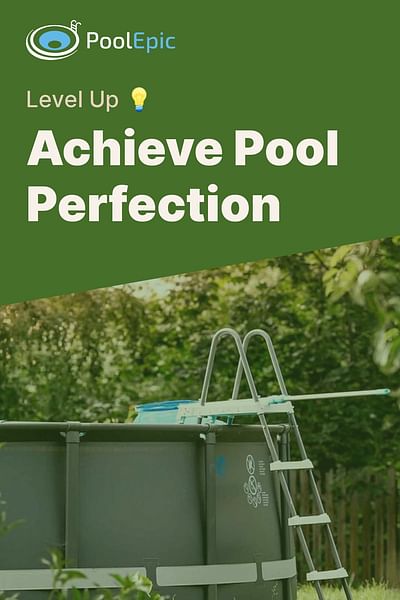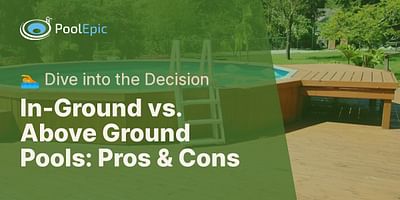An avid lover of the outdoors, Francesca Hodkiewicz has made a name for herself as an expert in water-based activities and products. Over the past ten years, she has immersed herself in the world of inflatable pools, exploring everything from compact kiddie pools to expansive family-sized options. Her practical experience, combined with her detailed research, positions her as a reliable resource for advice on inflatable pools.
Absolutely! Leveling your above ground pool is crucial for a variety of reasons. While it may seem like an extra step in the setup process, taking the time to ensure your pool is perfectly level will save you headaches down the line and ensure a safe and enjoyable swimming experience.
First and foremost, a level pool provides stability. When your pool is level, it distributes the weight of the water evenly, preventing any undue stress on the pool walls or frame. This helps to prevent structural damage and prolongs the lifespan of your pool.
Additionally, a level pool ensures proper water circulation. If your pool is not level, it can cause the water to flow unevenly, leading to areas of stagnant water and potential algae growth. By leveling your pool, you promote efficient water circulation, which is essential for maintaining water quality and preventing any potential health hazards.
Furthermore, a level pool makes maintenance easier. When your pool is level, it allows for accurate water level measurements, making it easier to balance chemicals and maintain proper filtration. This not only saves you time and effort but also helps to keep your pool water clean and safe for swimming.
Now, you might be wondering how to level your above ground pool. Here are some simple steps to follow:
1. Choose the right location: Select a flat and stable area in your backyard for your pool. Avoid areas with slopes, tree roots, or any other potential obstructions.
2. Prepare the ground: Clear the area of any debris, rocks, or vegetation. Use a rake or shovel to level the ground as much as possible.
3. Use a level tool: Place a long, sturdy board or a laser level across the ground where your pool will be placed. Check for any unevenness by measuring the distance between the board and the ground at various points. Adjust the ground as needed until it is level.
4. Install a sand base: Spread a layer of sand evenly across the leveled ground. This will provide a cushioning effect and help to further level the pool.
5. Set up your pool: Follow the manufacturer's instructions to assemble and inflate your pool. As you fill it with water, periodically check the level to ensure it remains balanced.
Remember, a level pool is not just for aesthetics; it's for safety, stability, and proper maintenance. By taking the time to level your above ground pool, you'll be setting yourself up for a summer of worry-free swimming enjoyment.
For more tips and information on inflatable pool setup, maintenance, and backyard pool ideas, be sure to check out Pool Epic, your ultimate guide to inflatable pools.















